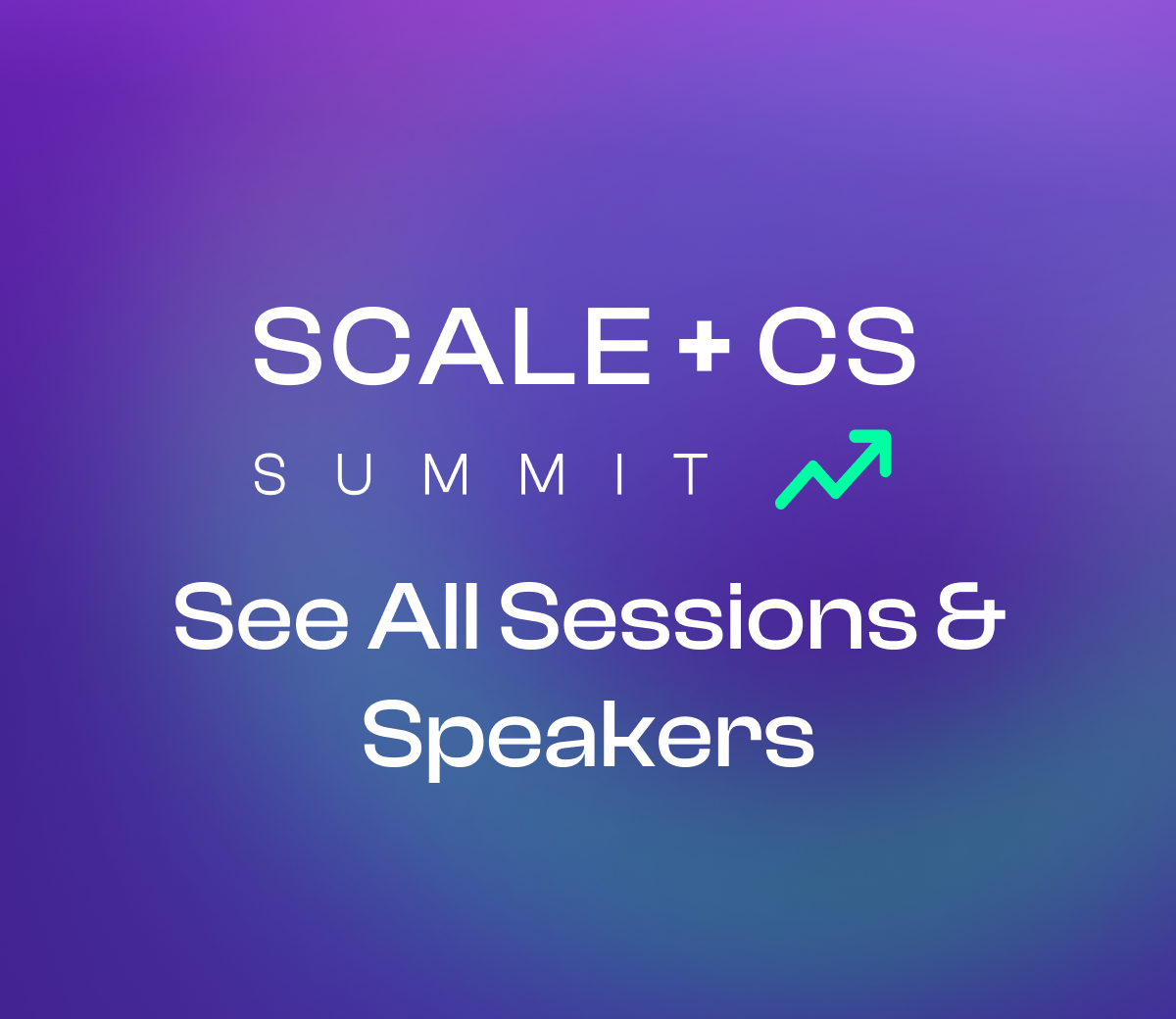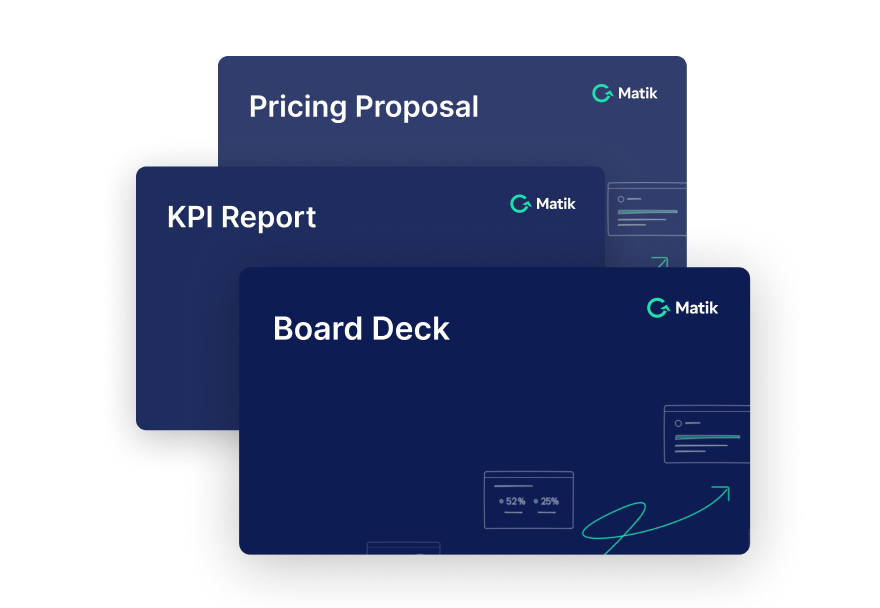Join Our Newsletter
Join this panel discussion to learn more about how to support all your accounts, both big and small, and help them grow. This discussion will dive into how to think of a strategy for long-tail accounts and what it means to take a one-to-many approach.
This panel will explore:
- How to approach 1:many & other teams you can learn from
- How to take an experimental approach to scaling
- The kinds of engagement you can leverage to connect with customers
- Data requirements for a 1:many approach
- How AI fits into a long-tail strategy
Speakers:
Chad Horenfeldt - VP of Customer Experience at PathFactory
David Leibell - Manager, Account Management at Matik
Danny Villarreal - VP of Customer Success at Toolio
> Check out these links: https://www.transcribeiq.ai & https://www.toolio.com
Erica Akroyd - Sr. Manager, Customer Education at Pendo.io
Mary Poppen - President and CCO at HRIZONS, an HR Cloud Company EX
Q&A
How do you track KPI's and ROI's in the community approach?
Danny: I love the idea but we are struggling to pin point this part. This depends on your goals for the community. I’ve typically tracked signups and engagement (participation %). Also looking at outcomes is important is it creating more connections between customers, and is it helping with adjacent efforts like referrals, reviews, and references. Start simple, and layer in more where it makes sense.
What are your typical open rates for Emails?
Danny: And how many people tend to show up to your group-led groups like Tips &Tricks Tuesdays? 30-50% depending on the campaign. For Tool Tip Tuesdays - We had about a 60% signup rate across customers, and use setups that make it easy. In this case a single signup for the whole series of webinars vs having to register for each independently. Follow ups with recordings and sharing resources helps keep this valuable and customers engaged if they couldn’t attend live.
Customer education is such an important way to scale, how do you advocate for customer education and budget/headcount?
Danny: You have to find the sweet spot as you move away from 1x1 education and training. Start with group “open” classes that any customer can attend - these can be foundational or 101 classes. Another option is “Office Hours” once a week for open Q&A. Longer term build towards recorded classes that broadcast at various times with chat support for questions and consider including live Q&A at the end (or a way for them to submit questions). Budget and headcount should come with results - get some quick wins and show that its improving scale and add the most critical roles first be it education development resources, software like LMS or CMS or trainers.
Wondering if the panel has any recommendations on what email campaigns/focuses have been most effective vs. not?
Danny: Put yourself in their shoes. What would you open an email about from a vendor or provider? It has to be valuable, relevant, and timely to where they are at in their customer journey and based on their needs at that stage. You can gather some of this initially through an onboarding survey but longer term its important to understand where they are at and what their interests are if you expect email opens and engagement.
What is the software you use to push out comms via Slack?
Danny: If this question was from the AI portion we use TranscribeIQ to push call summaries, handoff docs, and call coaching to Slack. There are other ways to push info to Slack be it plugins or direct integrations with apps if you need a more versatile option look at connectors like Zapier.
What is the right balance to topics or information that is best suited for in-app comms and what is not best suited for in-app comms?
Danny: In app messaging should be focused and very short in format. We’d use it for system announcements (holiday coverage, planned outages and other service related info). Also good for webinar links and surveys but you have to use this sparingly and not let it turn into another way to spam users live in app. Segmentation is the most important part here as not every message needs to go to every user.
How many customers do you think you need in order for peer driven communities to "work"?
Danny: This is subjective based on your user base and the type of business but bottom line you must have enough for there to be sufficient engagement to keep the community alive. You can drive that through events, webinars, and other methods but it needs to be self sufficient and that usually takes at least a quarter or more of your customers participating. Best is to shoot for 30-40% in a mature community with a few passionate SME’s and champions.
How do you safeguard that the bot always gives a correct and usable answer?
Danny: Testing is the most important factor here and being able to quickly iterate if its not providing the desired results or outputs to customers. Bots are only valuable if they are helping reduce time to get answers or effectively categorizing or triaging incoming tickets. If they become a point of frustration or friction you should consider the use cases. Also being sure you have sufficient training content for the bot (help articles, previously used support responses and documentation) goes a long way to being sure it has the proper context.
---
Ready to transform your organization? Request a demo with Matik today!









.png)
.png)




